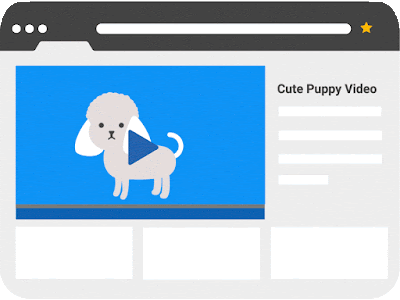Publishers are constantly faced with the question of how to balance content and ads to provide the best possible experience for your users. And as you might have found, there’s no easy one-size-fits-all approach. Every site and app is different, with different types of content, objectives, and users, which means that balancing content and ads will look different from publisher to publisher. When faced with this challenge, it’s important to ensure that you give your users what they're looking for in a format that’s easy to find and navigate, and this includes the ads on your page or app.
Here are a few tips to help you balance ads and content.
1. Content is king.
Your content is the reason users are visiting your site or app. If you think about it, your users are visiting your site for a reason, whether they are looking for a recipe, how to build a birdhouse, or trying to find out what’s happening in their town. By providing them with the information they're looking for, you satisfy their need in the moment that they need it the most. Check out this blog post to learn more about winning these micro-moments.
2. Design your site or app around the user journey.
By making your content the focal point on the page, and following standard web best practices, you can create a site that's visually appealing and easy for your users to use and navigate. Check out the AdSense Guide to Audience Engagement for best practices on designing user journeys, not just web pages.
3. Use ads to complement your site or app.
Ads should always supplement the content on your site, not the other way around. So when you’re placing ad units on your site, consider the user journey and how the ad format will complement your site and provide value for your users. If you want ads to look more natural, and match the feel of your content, consider using native ad units. For example, news and article publishers could consider using the native-style format called Matched content at the bottom of each article to direct readers to other relevant content on the same site. This strategy can help grow readership and your ad business.
4. Test, test, test and test again.
At the end of the day, data will be your source of truth. If you’re considering implementing new ad units, run an AdSense experiment to see how they perform. Also, test the different formats to see what works best for your users and your page.
Remember, content is king and it’s the most important thing to users on your site. So you should always have more content than ads on each page. For more information and best practices, head over to the AdSense Help Center or join our next #AskAdSense office hours on Twitter and Google+.
Posted by: John Brown, Publisher Policy Communications Lead







